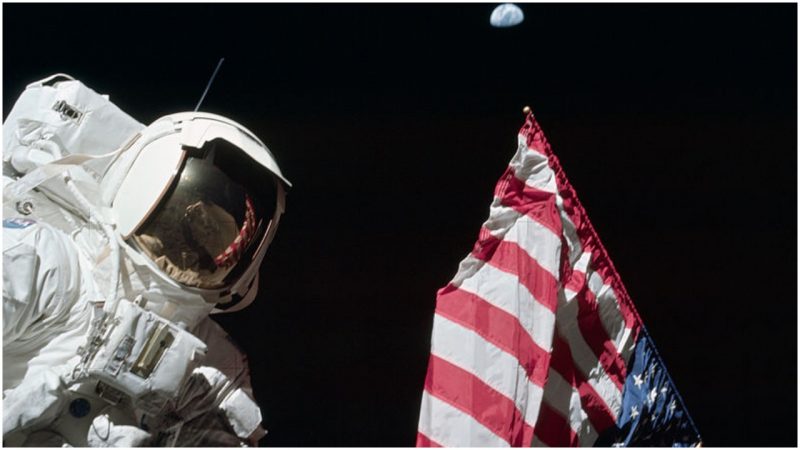The first time man set foot on the moon’s surface was Apollo 11 on July 20, 1969. The last time was Apollo 17 on December 11, 1972, when NASA decided that would be the end of the Apollo project.
Why is it that in 45 years we haven’t gone back to the moon? There are several reasons why the focus of the Space Race changed over the following four decades.
Why we put men on the moon is well documented. In the years following WWII and during the Cold War, the U.S. and the Soviet Union were in a massive military arms race, with significant gains on both sides.
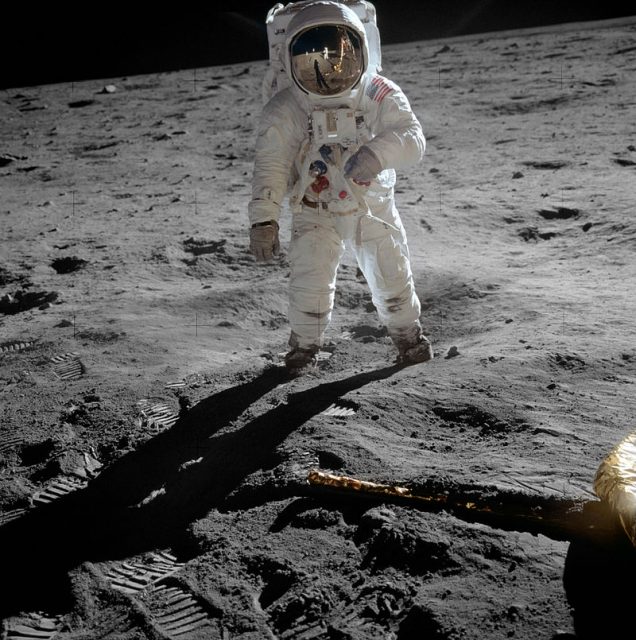
The competition culminated with the development of missiles that could be fired at targets halfway around the world, according to Gizmodo.
At that point, still struggling for the advantage, both countries set their sights first on Low Earth Orbit, and then the moon, which was the literal high ground.
As this unfolded, both countries began to experiment with manned space flight.
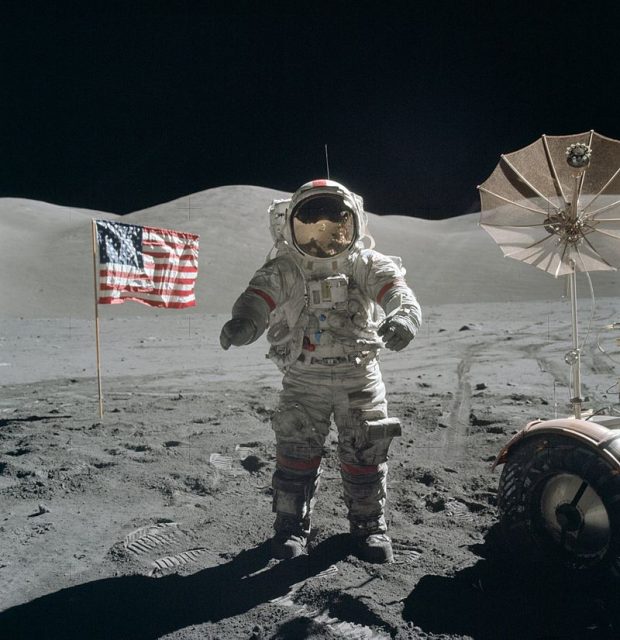
The Soviets successfully put Yuri Gagarin into space in 1961, just a few months after launching their first satellite.
The U.S. was closely following, and as tensions between the two nations increased, their space programs became more and more urgent – status symbols representing military might.
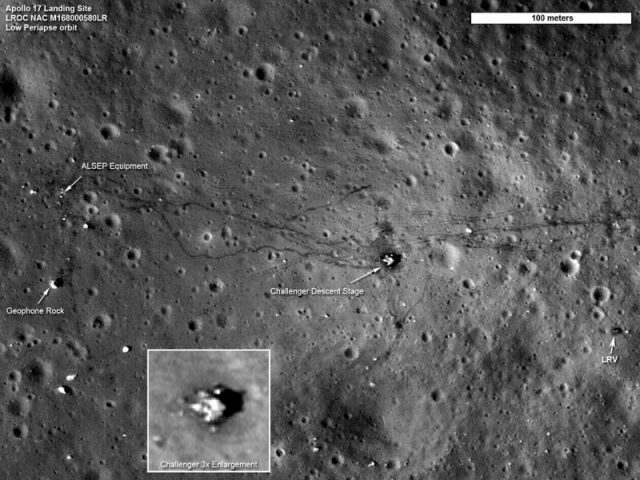
However, by 1966, when the space race peaked, NASA’s budget was just under 4.5 percent of the entire federal budget.
According to Death by Cosmos, in today’s dollars, NASA’s budget in 1966 would be about $182 billion. The U.S. had made huge steps in their space program, but at an astronomical economic price.
By comparison, the relative cost for the space shuttle project was only about ¾ percent of the Federal budget in 1982, and around the year 2000, the costs for the International Space Station was an even smaller percentage.
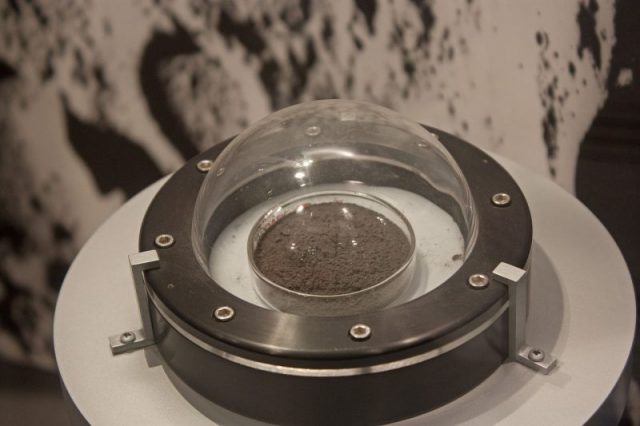
By the time of the Apollo moon landing in 1969, political and economic support for the Apollo project was already starting to wane.
As the American public began to become more fiscally wary in the face of the 1973 oil crisis, priorities began to shift. Space exploration could still be done but it needed to happen in a more financially responsible way.
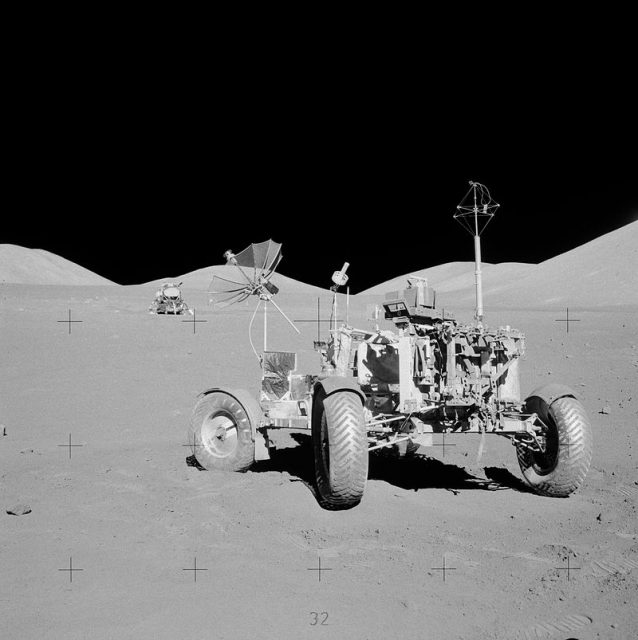
NASA was limited to research and scientific missions, and became involved in the Skylab and Space Shuttle programs. As the development of the space shuttles continued, NASA stopped making the massive Saturn V rockets that were needed to break free of Earth’s gravity, and the unused rockets that were left became museum displays.
NASA Apollo moon landings conspiracies
The physical and technological infrastructure that was required for making more moon landings disappeared. However, the Space Shuttle Program was not without its problems, either.
Conceived as being a reusable ship — and therefore much less expensive than the needs of the Apollo program — by the time all the necessary capabilities were built in, the shuttles became much more complicated to refurbish, as well as more costly.
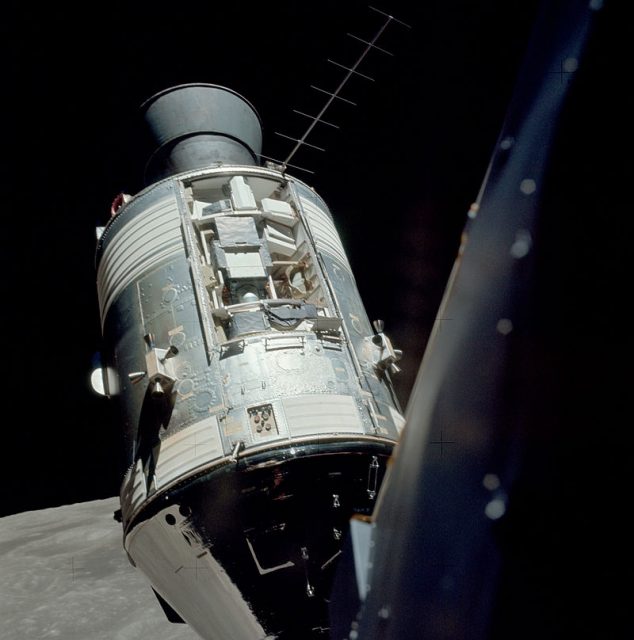
After the shuttle Challenger exploded in 1986, killing all of its crew, the shuttle program went on a two-and-a-half year launch hiatus. When NASA resumed shuttle flights their missions were backlogged and they were much more cautious.
In the 1990s the USSR dissolved, the Cold War ended, and suddenly NASA had a space shuttle with not much to do.
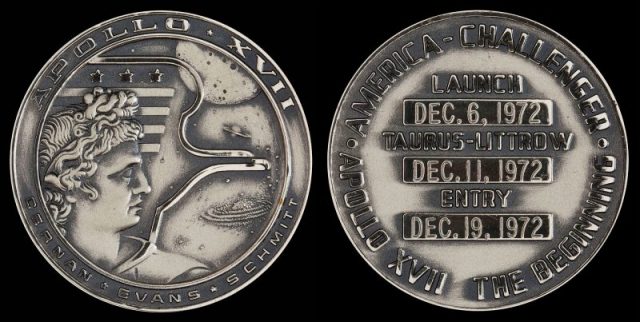
With the USSR gone, the new Russian Federal Space Agency found itself with a much smaller budget and an almost obsolete space station, and was still using the Soyuz spacecraft from the ‘60s.
NASA had always wanted a space station, but the shuttle program was so expensive that they couldn’t afford it. After the Cold War was over, the U.S. had the idea of teaming up with Russia and forming partnerships with other countries, to build an international space station and split the costs. The space shuttle could be used to create the station, and the Soyuz would be used to haul crew and cargo.

The rotating crew of international astronauts could help maintain further good relations between the countries. The first crew went to the ISS in 2000, and there are plans to keep using the station until at least 2024.
Since the urgency that pushed the race to the moon ended, we’ve been drifting a little, concerning the direction, and more limited by practical concerns of cost and technology.
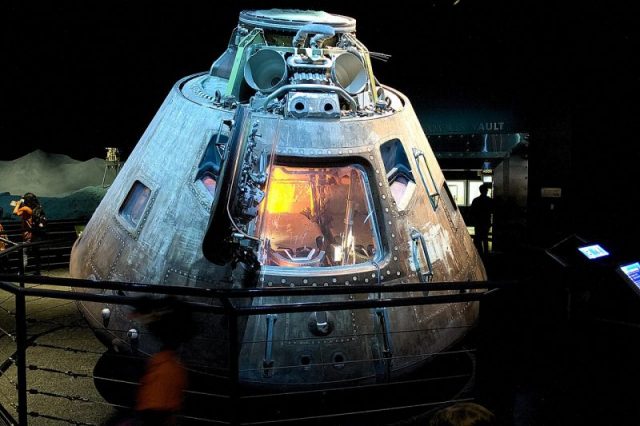
In recent years, though, space exploration has started to become more of a priority again. NASA is preparing to launch the Orion capsule, which will go beyond Earth orbit to the moon, and possibly Mars.
Companies like SpaceX are making huge strides in creating technologies that are more cost effective. Maybe our wait to go back to the moon is nearly over.
